مقدمة
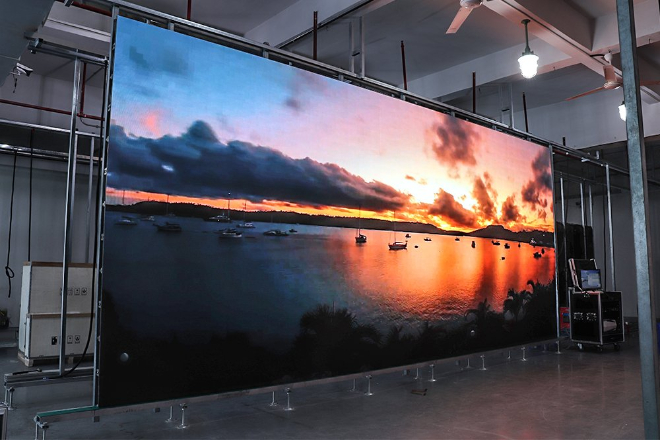
In today’s pursuit of cost-effectiveness, the second-hand market has long become a treasure trove. Especially for second-hand يعرض الصمام, is it a good place to pick up bargains or a potential “pitfall”?
This article will give you a deep understanding of second-hand LED displays and their market. Let’s take a look.
جدول المحتويات
1. The current market status of second-hand LED displays
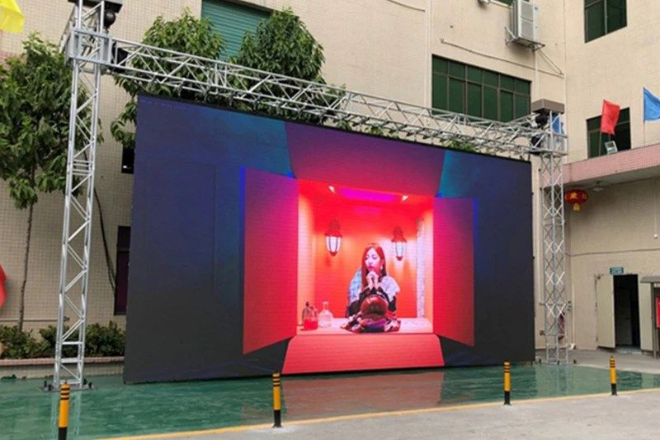
The second-hand LED display market is actually quite interesting. Let’s talk about the scale first.
Although there are no particularly precise figures, the overall feeling is that it is slowly growing along with the new screen market.
After all, the new screen market is growing every year, and the second-hand market will definitely not be much worse. The demand is even more obvious.
Small business owners are short of funds, and second-hand LED displays are affordable and can be used for advertising and displaying products. For them, the cost-effectiveness is super high.
There are also companies that organize activities, المعارض, performances, etc., and use the screen temporarily.
Second-hand can save a lot of money and can be rented out after use, killing two birds with one stone.
There are even some individual buyers who may use it for home parties or play by themselves, and second-hand screens just meet their needs.
As for the market distribution, the reasons are similar. Second-hand LED screens are definitely more popular in economically developed and densely populated areas.
For example, in large cities such as New York and Los Angeles in the United States or London and Berlin in Europe, there are many companies and frequent commercial activities, and the demand for second-hand LED screens is also particularly large.
Companies in these places, whether they are doing advertising or holding events, hope to buy usable equipment at a more affordable price. The trading channels are also very convenient.
Online, there are super large comprehensive trading platforms like eBay, where sellers can easily put up second-hand screens, and buyers can quickly find what they want and can also see other buyers’ comments, which makes them feel more confident.
In addition to eBay, there are also some websites that specialize in selling electronic equipment, such as Gumtree, which are also very popular. These platforms allow buyers and sellers to find each other easily.
There are also many special second-hand equipment markets offline. For example, in some large cities in the United States, there are regular flea markets where you can often see stalls of second-hand electronic equipment.
Going to the scene, you can touch and try the screen with your own hands to see if there are any problems, which makes you feel more at ease.
There are also some professional second-hand equipment dealers who specialize in recycling second-hand screens, repairing them before selling them, and providing certain after-sales services, such as simple repairs or return and exchange guarantees so that people can buy with more confidence.
In general, the second-hand LED display market is quite vibrant; buying and selling are quite convenient, and the demand is also quite strong.
2. Advantages of second-hand LED display
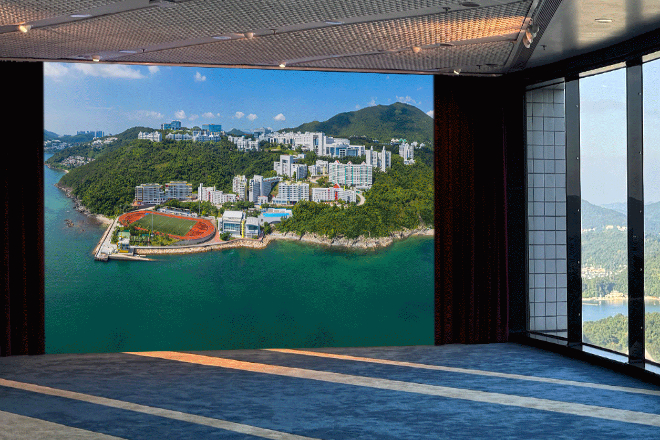
1). Cost-benefit analysis
The biggest advantage of buying a second-hand LED display is that it is cheap! If you have a limited budget, a second-hand screen is simply a lifesaver.
For example, a small shop wants to install an LED display at the door for advertising.
A brand-new one may cost several thousand yuan, but a second-hand one may only cost half the price, or even less, to buy a screen with similar functions.
The money saved in the middle may be used to purchase more goods or hold a promotional event.
Let’s take a look at the event rental company. They can save a lot of money by renting a second-hand LED display when they hold exhibitions or performances.
For example, for a three-day exhibition, renting a brand-new LED display may cost several thousand yuan, but a second-hand one may only cost a few hundred yuan.
This is a considerable expense! For individuals, if you want to have a small party at home, a second-hand screen can be done for a few hundred yuan, and you can resell it after use, which is almost not a loss.
2). Practicality of performance and functions
Don’t think that the performance of second-hand LED screens is poor. In fact, they are fully capable of meeting most daily needs.
For example, although the دقة, سطوع, and colour performance may not be as good as those of the latest high-end screens, they are completely sufficient for ordinary purposes.
For example, a second-hand screen with a resolution of 1080p can already meet most scenarios, and this type of screen is also very common in the market and affordable.
In terms of function, second-hand LED screens are also very practical. If used for advertising, as long as the screen can normally display high-definition pictures and videos, attracting customers is not a problem.
The screen used for the منصة background mainly depends on whether the picture is clear and the colour is bright.
After simple maintenance, the second-hand screen can basically meet the requirements.
Monitoring display is even simpler.
As long as the screen can stably display the monitoring picture, the second-hand LED screen can handle it.
3. Potential risks of second-hand LED screens
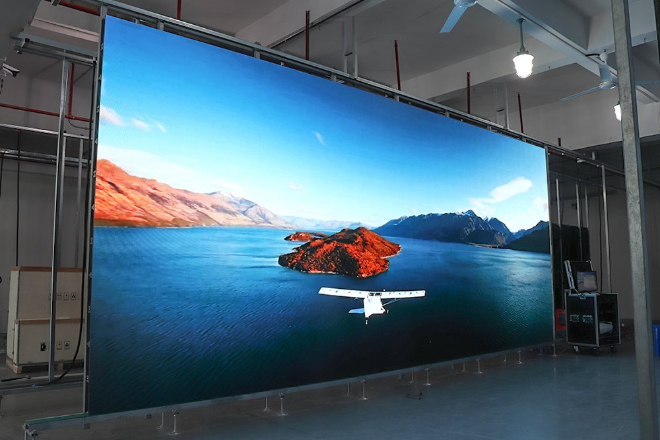
1). Equipment quality and reliability
The quality problem of second-hand LED screens is indeed a headache. First of all, most of these screens have been used for a while and may have various ageing phenomena.
على سبيل المثال، سطوع will gradually decrease, and the colour performance may become inaccurate.
Some screens will also have bad pixels. That is, small black spots or bright spots will appear on the screen, affecting the integrity of the picture.
Moreover, the internal components of the second-hand screen may have been worn, the stability will also decrease, and there may even be safety hazards such as sparks and burns.
These quality problems not only affect the user experience but may also lead to additional repair costs.
For example, if the screen fails frequently, the repair cost may be very high, and the repair process may also be delayed due to the difficulty in finding accessories and high technical barriers.
If the repair is not timely, it may also lead to interruptions in use. For example, if the screen suddenly breaks down during an important event, it will be very troublesome.
2). Lack of after-sales service and guarantee
If you buy a second-hand LED display, don’t think about after-sales service. Most second-hand screens do not have the original factory warranty. Once there is a problem, it is difficult to find a reliable repair service.
For example, you bought a second-hand screen online, and it broke after you had used it for a period of time. Find the seller? The seller has long ignored it; find an e-commerce platform?
They are not responsible for after-sales; find the brand. Without a warranty card and invoice, people won’t pay attention to you.
Moreover, it is quite troublesome to repair a second-hand screen. Some screen accessories may have been discontinued, and it is difficult to find suitable replacement parts.
Even if you can find a repair point, the technical threshold for repair is relatively high, and it is not something that can be done by just any repairman.
This means that once the screen is broken, you may have to spend a lot of time and energy to solve it, or even fail to repair it and have to throw it away.
4. How to evaluate the value of a second-hand LED display
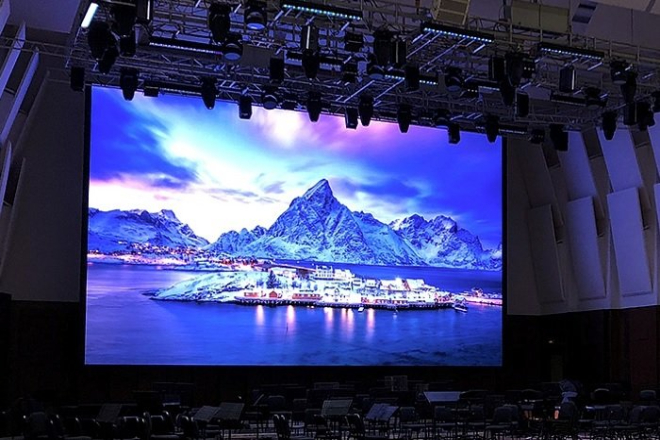
1). Appearance and internal inspection
Let’s talk about the appearance first. This is very simple. Just check whether the screen has bumps, scratches or cracks.
For example, whether the screen frame has been hit and whether the screen surface has been scratched.
If there are many scratches on the screen surface, or the frame has been deformed, then the screen is probably tossed around many times, and you have to question it in your heart.
Then, look at the inside, which is also critical. Open the back cover and see if the circuit board inside is clean, whether there are signs of burning, or whether there are any loose parts.
The lamp beads are also very important. Turn on the screen and see if all the lamp beads are on and if there are any black spots or different colours.
If any of the lamp beads are not lit, or the colour is wrong, then the screen is probably about to fail.
2). Performance test and function verification
The performance test is to see if the screen can work properly. First, try the brightness, open a pure white screen, and see if the screen is evenly lit and if there are any dark spots or particularly bright places.
Then try the resolution, find a high-definition picture or video, and see if the picture is clear and if there are any blurry or deformed places.
Colour uniformity is also very important. Find a colourful picture to see if the colours on the screen are consistent and if there are any colour casts or colour blocks.
These details can show whether the screen performance is good or not.
Functional verification is also critical. See if the interface of the screen (such as HDMI or VGA) can be used normally, plug in the signal source, and see if the screen can display the picture normally.
Also, see whether there will be a freeze when switching the signal source.
Then, try the control software to see if the brightness can be adjusted normally and if the mode can be switched. If these functions are all right, then the screen is basically reliable.
In short, to evaluate a second-hand LED display, you need to see if there are any problems with the appearance, whether there is any damage inside, and whether the performance and function are normal.
Don’t be afraid of trouble, and these steps can help you avoid pitfalls and buy a cost-effective second-hand screen!
5. Precautions for buying a second-hand LED display
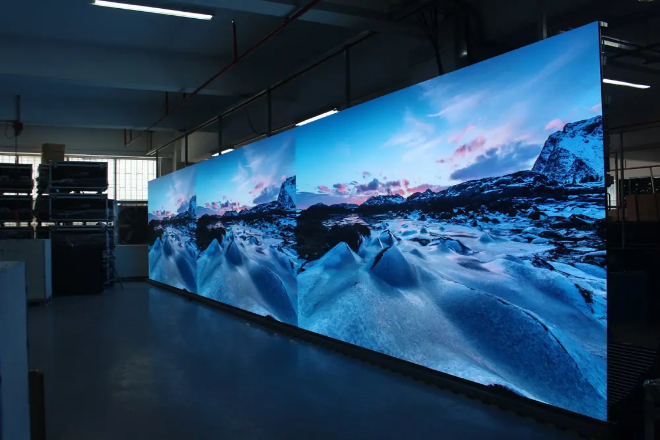
It is very important to find a reliable seller when buying a second-hand LED display! There are probably several types of sellers:
1.1). Individual sellers:
Most of these sellers don’t need it and want to sell it. The advantage is that the price may be cheaper, but the disadvantage is that the source and quality of the equipment may not be reliable.
For example, you don’t know whether the screen has been tossed before or whether there are any hidden problems.
1.2). Second-hand equipment dealers:
These sellers specialize in second-hand equipment. They have a lot of goods and a full range of types.
However, they may pay more attention to profits and may not be strict in controlling the quality of equipment.
1.3). Professional dealers:
This type of seller is relatively the most reliable. They not only have rich industry experience but also know how to detect and maintain equipment.
The second-hand LED display screens in their hands are generally professionally refurbished and tested, and the quality is more guaranteed.
It is also critical to identify the seller’s reputation. If it is an online transaction, be sure to check the seller’s evaluation and see what other buyers say.
If the evaluation is full of negative reviews, you must be careful. If it is an offline transaction, you can ask the seller about the previous transaction history or ask acquaintances for recommendations so that you can feel more confident.
Buying a second-hand LED display screen, you can’t be careless about signing a contract.
The contract is your amulet. If there is a problem, this is the basis for your rights protection.
The quality of the equipment must be clearly stated in the contract, such as whether the screen has bad pixels, whether the brightness is normal, and whether there is ageing.
The price must also be clearly stated so as not to cause conflicts over price issues. There are also after-sales services, such as how long the warranty period is and how to solve problems. These must be written in.
If you don’t know how to write a contract, you can ask a professional for help. If it doesn’t work, you can also find some contract templates online for reference.
Key terms must be clearly written, such as the brand, model, configuration of the equipment, and the specific time and place of the transaction.
In short, when buying a second-hand LED display, find a reliable seller and sign a good contract so that you can buy it with confidence and use it with peace of mind.
6. الخاتمة
The second-hand LED display market has both opportunities and challenges, but as long as you master the right methods, you can find your own “gold mine” in this field.
I hope this article can provide you with practical references and help you be more calm in your journey of buying second-hand LED displays.
أخيرًا، إذا كنت تريد معرفة المزيد عن شاشات LED، يرجى الحصول على اتصال معنا.
